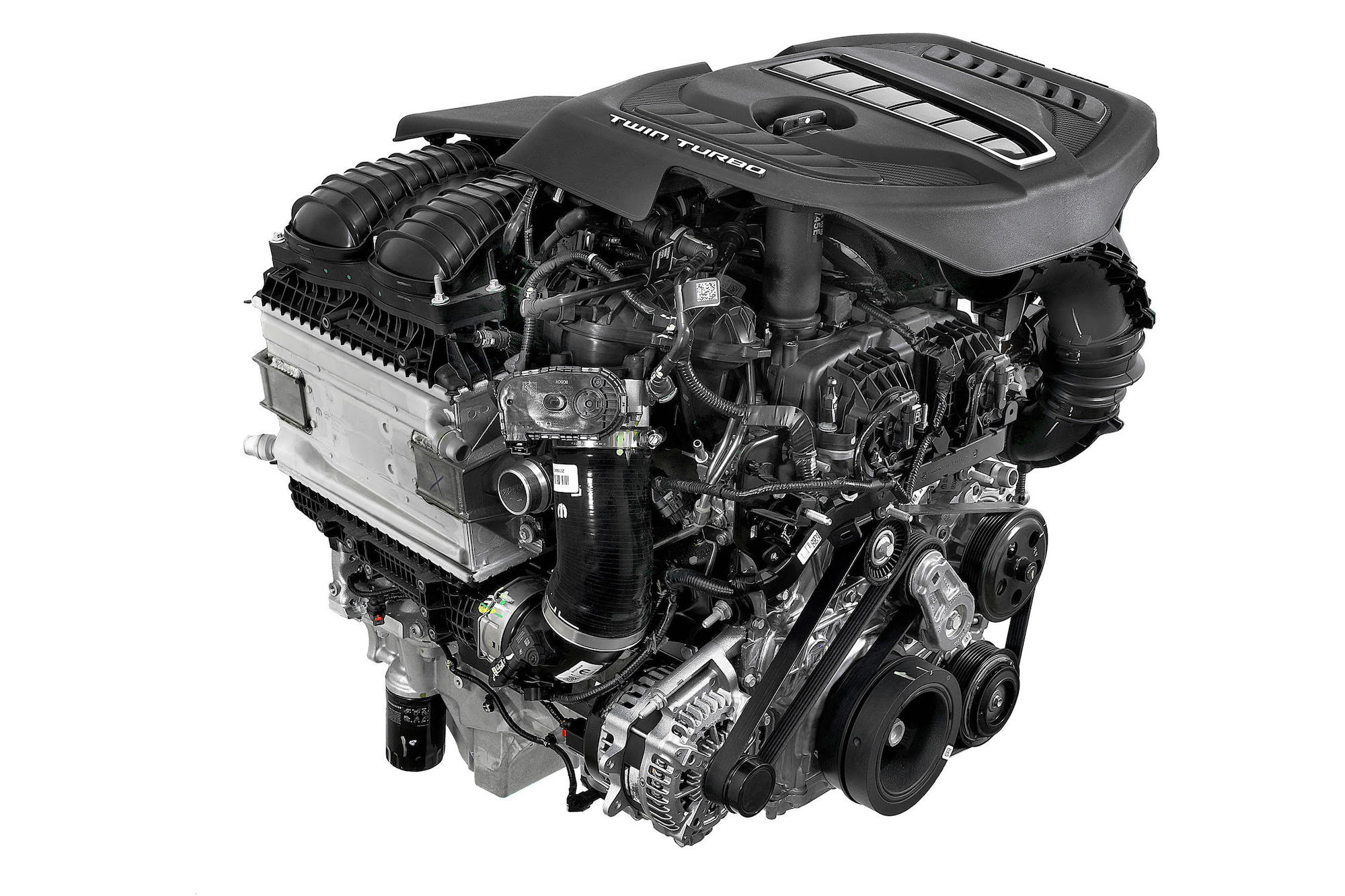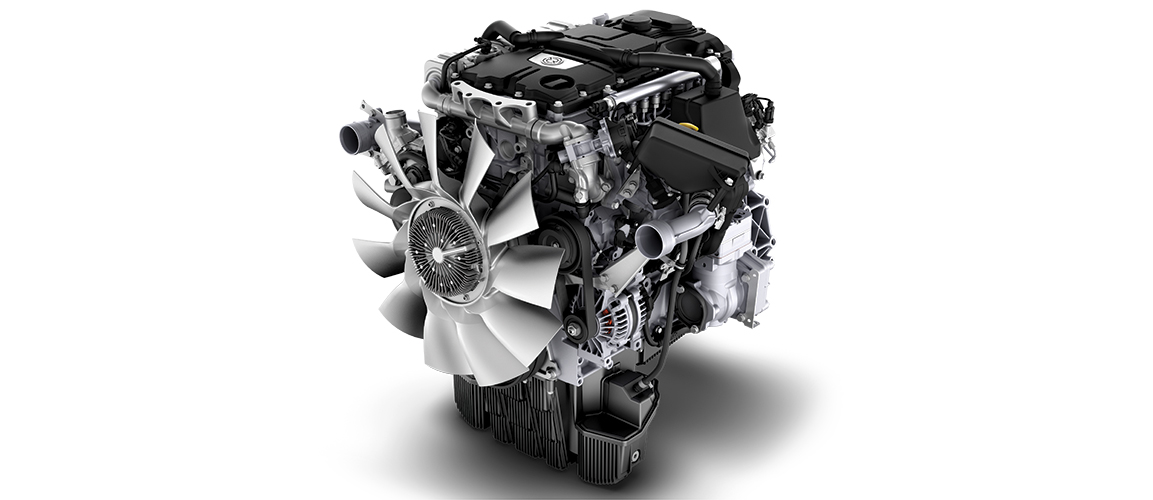Discover Top-Quality Engines for Africa at Our Dependable Auto Components Store
Discover Top-Quality Engines for Africa at Our Dependable Auto Components Store
Blog Article
The Development of High-Performance Automotive Powerplants: A Thorough Overview of Cutting-Edge Engine Technologies in the Modern Automotive Industry
The quest for more reliable, effective, and eco conscious engines has led to a myriad of innovations that have actually reshaped the method we think concerning automotive power. From turbocharging developments to the seamless combination of crossbreed powertrains, the realm of high-performance engine technologies proceeds to press boundaries and redefine possibilities.
Turbocharging Advancements
The evolution of high-performance vehicle powerplants has been significantly affected by continual innovations in turbocharging advancements. Turbocharging has reinvented the vehicle sector by supplying a much more efficient means of increasing engine power outcome without considerably boosting engine displacement. By taking advantage of exhaust gases to drive a generator that compresses the inbound air into the engine, turbochargers efficiently boost the air-fuel combination's thickness, resulting in boosted combustion and greater horse power degrees.
Among the crucial innovations in turbocharging modern technology is the growth of variable geometry turbos (VGTs) or variable nozzle generators (VNTs) These systems enable much more accurate control over boost levels, minimizing turbo lag and enhancing engine response across a wider series of RPMs. Furthermore, twin-scroll turbochargers have become preferred in high-performance applications as a result of their capability to different exhaust pulses for far better energy application.
Hybrid Powertrain Assimilation
Proceeding the trajectory of technical developments in automotive powerplants, the combination of hybrid powertrains marks a considerable shift in the direction of boosting both efficiency and efficiency in contemporary cars. Crossbreed powertrains combine typical internal combustion engines with electrical motors, enabling enhanced fuel economy, reduced exhausts, and boosted power result (engines for africa). By flawlessly blending the staminas of both source of power, crossbreeds supply a functional option that accommodates differing driving conditions and demands
One key advantage of hybrid powertrain assimilation is the capacity to regain energy during stopping or coasting, storing it in the car's battery for later use. This regenerative stopping function not just boosts efficiency however also adds to extending the overall variety of the car. The instantaneous torque shipment of electrical motors matches the power distribution of internal combustion engines, resulting in improved acceleration and responsiveness.
Automakers are continuously refining hybrid powertrain innovations, intending to strike an equilibrium in between performance and sustainability. engines for africa. As customer demand for environmentally friendly yet powerful vehicles expands, the combination of hybrid powertrains is positioned to play a crucial duty in forming the future of automotive propulsion systems

Advanced Fuel Injection Systems
With developments in automotive modern technology, the application of sophisticated gas injection systems has changed the effectiveness and performance of contemporary automobiles. These innovative gas distribution systems have actually changed standard carburetors due to their remarkable precision in supplying gas to the engine. Direct fuel injection, where fuel is splashed directly right into the burning chamber, permits much better control over fuel-air mixture, leading to boosted power result and fuel effectiveness.
One of the key advantages of advanced fuel injection systems is their ability to adjust to varying driving conditions in real-time. This flexibility ensures optimum engine efficiency throughout different circumstances, whether it be during hostile velocity or travelling at a constant rate. Additionally, contemporary fuel injectors are created to atomize fuel a lot more properly, promoting cleaner burning and reducing hazardous discharges.
Additionally, advanced fuel injection systems play a critical role in allowing the application of other cutting-edge engine modern technologies, such as turbocharging and variable shutoff timing, additional boosting the general power and effectiveness of high-performance auto powerplants.
Performance-Enhancing Electronic Devices

One secret innovation that exhibits this is the Electronic look at this now Control Unit (ECU), which functions as the brain of the engine monitoring system. The ECU procedures real-time information from different sensors to precisely manage ignition timing, gas injection, and other crucial specifications, resulting in enhanced power delivery and fuel effectiveness. Additionally, modern technologies like variable shutoff timing (VVT) and digital throttle control (ETC) further contribute to optimizing engine efficiency by adjusting shutoff opening times and throttle reactions based upon driving conditions.
Moreover, performance-enhancing electronic devices make it possible for features such as launch control, grip control, and adaptive shock absorber, improving both the driving experience and total vehicle efficiency. The continuous advancement and combination of these advanced electronic systems remain to press the boundaries of automotive design, leading to extra powerful, efficient, and technologically advanced high-performance cars.
Future Patterns in Engine Growth
As auto powerplants breakthrough with the assimilation of performance-enhancing electronic devices, the trajectory of engine growth is positioned to embrace future trends that will certainly redefine the landscape of high-performance lorries. One noticeable pattern coming up is the continued downsizing of engines without jeopardizing power result. This downsizing is achieved with modern technologies like turbocharging and electrification, making it possible for smaller sized engines to provide the efficiency of bigger ones while improving fuel performance.
An additional vital trend is the boosting fostering of crossbreed powertrains in high-performance automobiles. Crossbreed systems combine inner burning engines with electrical motors to improve velocity and overall efficiency while lowering discharges. Furthermore, innovations in materials science are driving the development of lighter and more powerful engine parts, adding to boosted performance and power-to-weight proportions.
In addition, the sector is moving towards more sustainable site web methods, with an expanding emphasis on different fuels such as biofuels, hydrogen, and synthetic fuels. These eco-friendly alternatives not just lower the environmental influence of high-performance cars but likewise offer opportunities for further boosting engine performance. Generally, the future of engine advancement in the automobile sector is identified by sustainability, development, and effectiveness.
Final Thought
Finally, the auto industry has actually seen considerable advancements in high-performance engine innovations, including turbocharging advancements, hybrid powertrain integration, progressed fuel injection systems, and performance-enhancing electronics. These developments have reinvented the capacities of contemporary powerplants, causing improved efficiency, power outcome, and general performance of vehicles. As technology remains to advance, future trends in engine development are expected go now to better boost the efficiency and sustainability of automobile powerplants.
Turbocharging has revolutionized the automobile sector by offering a more efficient ways of enhancing engine power result without dramatically enhancing engine variation.As automotive powerplants breakthrough with the assimilation of performance-enhancing electronics, the trajectory of engine development is positioned to embrace future patterns that will certainly redefine the landscape of high-performance automobiles. Overall, the future of engine development in the automotive market is identified by sustainability, efficiency, and advancement.
In conclusion, the automobile sector has actually seen substantial innovations in high-performance engine innovations, including turbocharging technologies, crossbreed powertrain combination, progressed fuel shot systems, and performance-enhancing electronic devices. As innovation continues to progress, future fads in engine growth are expected to further improve the efficiency and sustainability of automobile powerplants.
Report this page